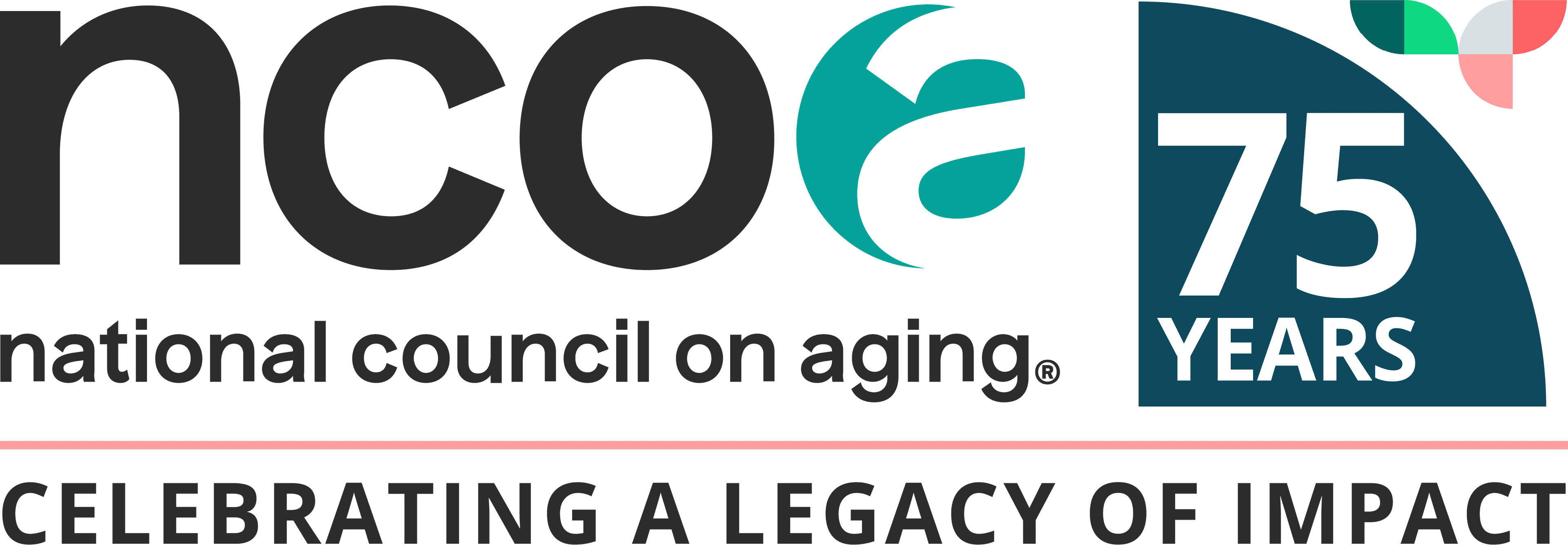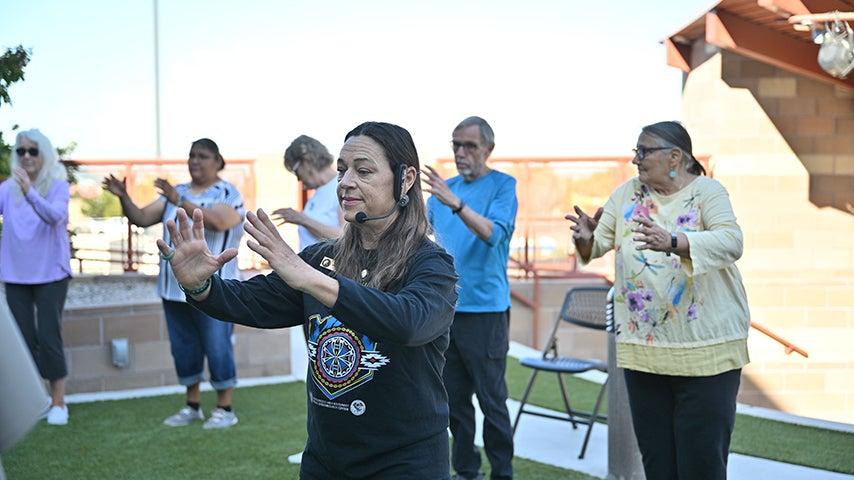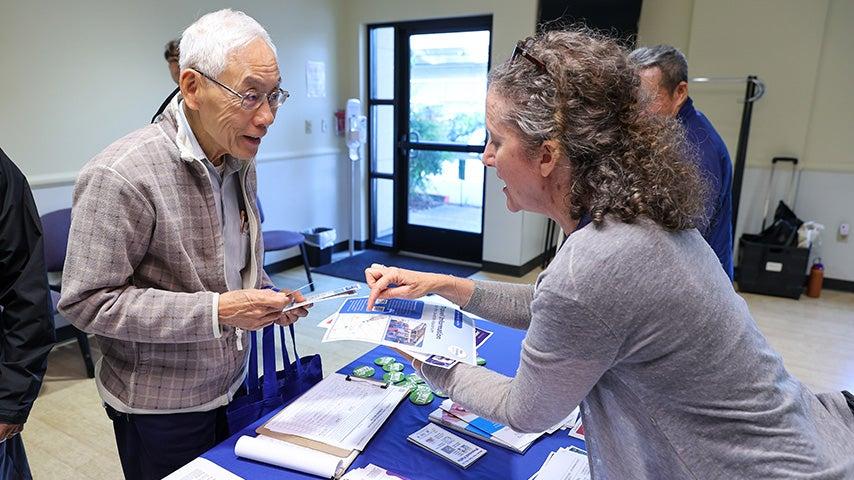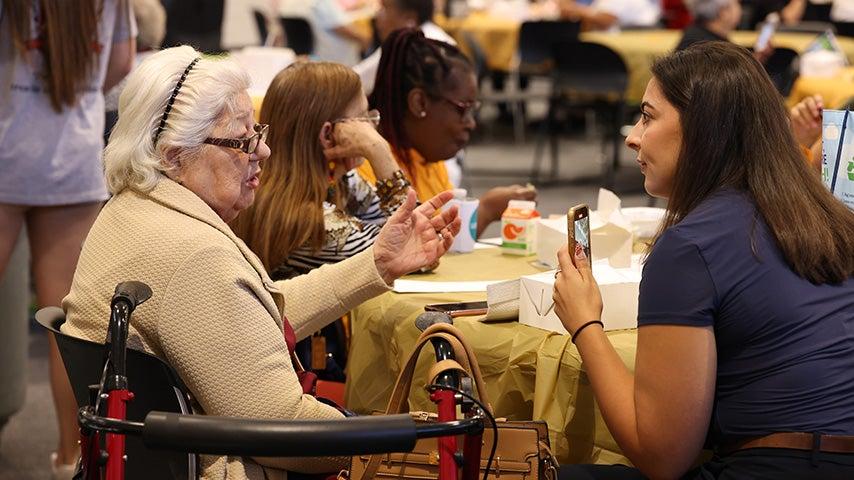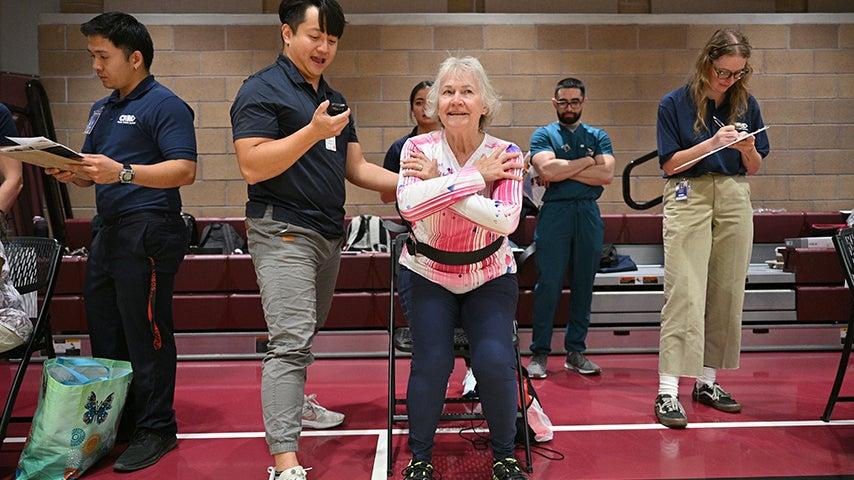
Related Topics
Partnerships can take your falls prevention work to the next level. The wide range of falls risks and ways to address them makes it especially important to have partners at the table. While it can take effort to manage partnerships, careful planning and clear communication make the process smoother. Use these tips to make the most of current and new partnerships in your falls prevention work.
Tapping into existing relationships
Taking stock of the relationships you already have can be a great way to start building a partnership network. Use this partnership tracker to build a list of organizations you’ve worked with in the past. While making this list, you’ll want to be sure to check that each partner in your list has:
- A point person you can reach out to regularly
- Updated contact information
- A description of the role they’ve played or services they’ve helped with in the past
It may help to send an email to each point person yearly or quarterly asking if their information is up to date to ensure your list is accurate.
Building a strong network of new partners
Once you’ve tracked existing partnerships, you can begin to expand your network to include organizations you haven’t worked with yet. Follow these helpful tips for finding new partners:
- Identify your needs. Think about gaps in your current falls prevention programming or outreach that a partner could fill. Do you need help getting the word out about your event? Spreading the word about the most effective ways to talk about falls? Making and distributing flyers in other languages? Referring people to other organizations that can meet their needs beyond the services you provide? List these needs when you start thinking about partner outreach.
- Use existing relationships. If you know you need a specific role filled, such as translation services or reaching a specific target audience, ask current partners if they know someone who can help.
- Brainstorm and research local organizations. The partnership tracker has a section for non-traditional partners. Add in organizations in your area that have a similar or complementary mission and may have a vested interest in helping prevent falls. Some examples may include:
- Local pharmacies
- Nonprofit organizations
- Senior centers
- Doctor’s offices
- Foundations
You can also use your state’s Falls Prevention Coalition as a starting point.
- Send emails with follow up. Download and customize this email template to reach out to potential partners and be sure to follow up. Sometimes, following up by phone may be more effective.
- Allow plenty of time for planning. If you have a falls prevention event or initiative coming up, ask for help from partners as soon as possible. Start your outreach at least three months in advance for the best chance of getting partners involved.
Communicating with partners
When you work with other organizations, communicating effectively is arguably the most important thing you can do. Establish regular check-in calls to stay in constant contact with partners. Even if there’s nothing big to share, a monthly or quarterly check-in can help you stay informed on what initiatives your partners are working on and discuss how you can assist each other with upcoming events.
When actively planning a falls prevention event or initiative, it may be helpful to have calls more often to ensure everything runs smoothly. Consider a regular weekly meeting in these cases.
Additional things to consider with communicating with partners include:
- Prioritize community-informed communication. Be sure not to get so wrapped up in outreach to other groups that your communication is seen as invasive or not genuine. Ensure you are communicating with other organizations respectfully.
- Simplify your asks. Our email template allows partners to respond and select how they want to participate (in-person outreach, online promotion, text and social media promotion, or distributing information handouts). This helps zero in on how you can best work with partners while also not overwhelming them. Keep your asks short and sweet.
- Designate on-the-ground support. Assign someone on your team to dedicate time to handle in-person outreach to partners, especially leading up to a falls prevention event. This team member can meet face-to-face with partners to deliver physical materials, such as flyers, and confirm attendance at events.
Planning a falls prevention initiative, program, or event is no simple task. When things get busy and work piles up, it can be easy to want to put your head down and go it alone. However, falls prevention efforts are truly done better together. Don’t forget to return the favor when partners reach out to you for help with their events and initiatives! Partnerships can be mutually beneficial—be sure to think about what you have to offer that can support your partners in turn.
This project was supported by the Administration for Community Living (ACL), U.S. Department of Health and Human Services (HHS) as part of a financial assistance award totaling $5,000,000 with 100 percent funding by ACL/HHS. The contents are those of the author(s) and do not necessarily represent the official views of, nor an endorsement, by ACL/HHS or the U.S. Government.
